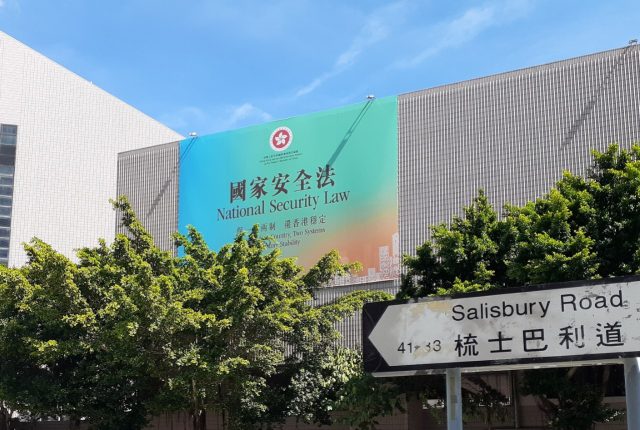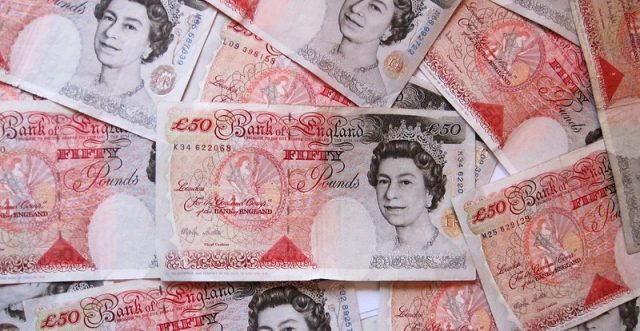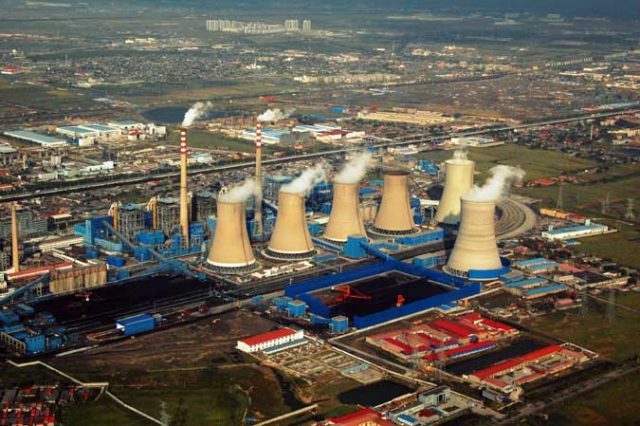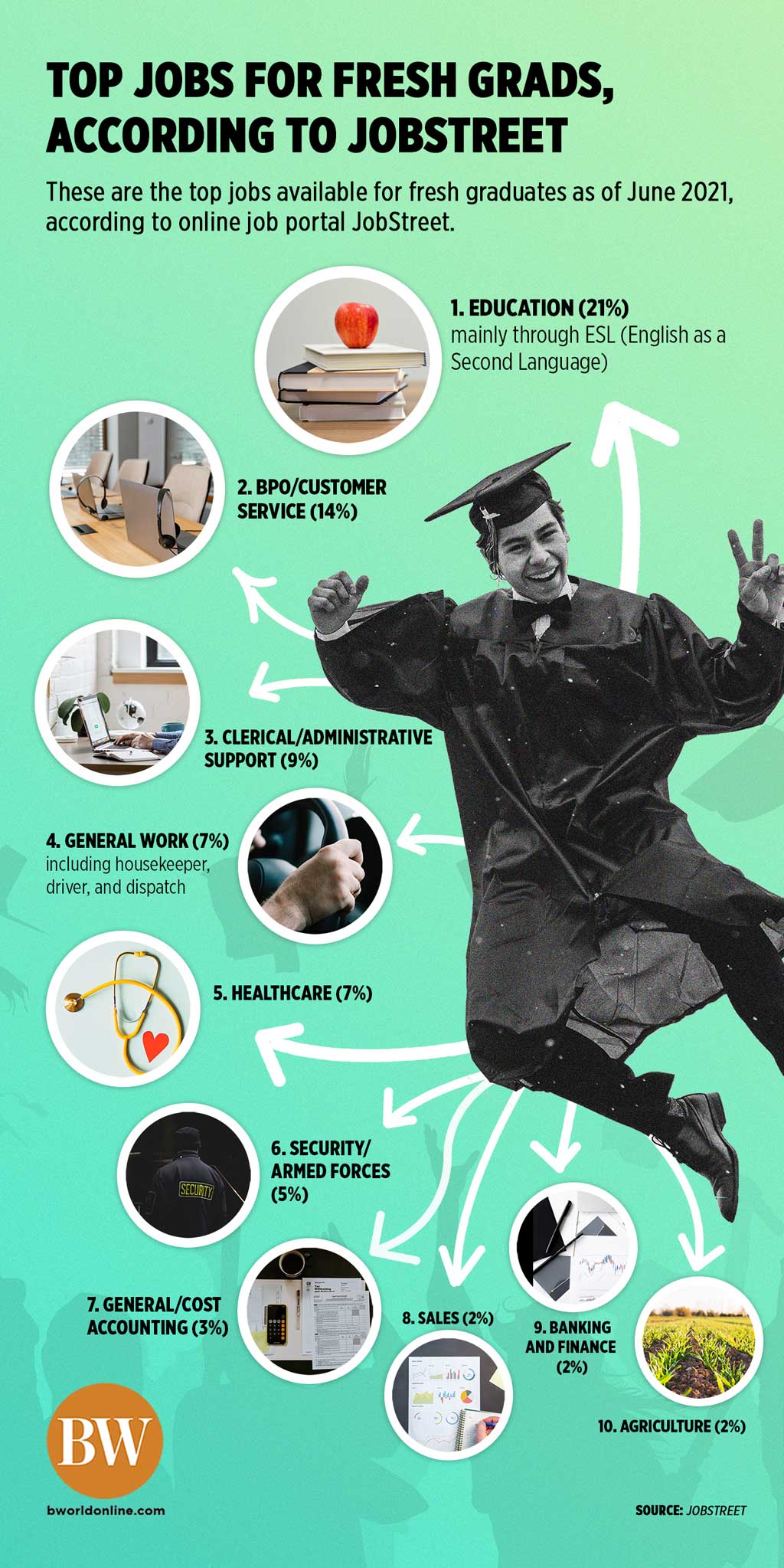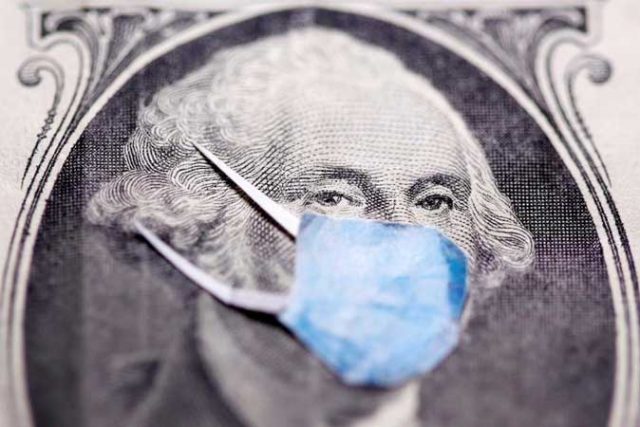Asia startups face tougher IPO market
ASIA’S stock listing aspirants will likely face a less generous market following a first-half sales boom, as bubbly valuations and nervousness about US monetary policy make investors more cautious.
Firms in Asia have raised $82 billion through initial public offerings (IPOs) so far this year, the most ever for a first half, and beating the previous record of $63 billion seen during a comparable period in 2010, data compiled by Bloomberg show. The performance is part of a global trend, with new listings having hit a record of almost $351 billion since 2021 began, as ultra-low interest rates and ample liquidity pushed yield-hungry investors into riskier assets.
With bankers in Asia still staring at a busy deals pipeline for the second half, they may find it hard to repeat the success seen earlier in the year. That’s due to growing concerns that rising inflation will prompt the US and other major central banks to unwind some of the stimulus that laid the foundation for the remarkable global stock rally in the past year.
“Going forward, people will tend to be a little bit more conservative,” said Selina Cheung, co-head of equity capital markets, Asia at UBS Group AG. “In the earlier part of this year, people were quite focused on just high growth. There are a lot of investors who find the valuations for tech stocks relatively rich now.”
Tech stocks were at the forefront of Asia’s IPO boom earlier this year, led by TikTok ,Inc.’s Chinese rival Kuaishou Technology that pulled off the world’s biggest share sale of 2021 in February.
But the tide started turning in March, when worries about tighter US monetary policy triggered a selloff in growth stocks from tech to healthcare. The ripple effects were felt in the IPO market, where prospective issuers were forced to lower targeted valuations amid rising trading volatility.
Still, the shifting investment climate hasn’t stopped some of Asia’s hottest firms in South Korea to India from lining up to go public.
An active source of the region’s IPO supply, South Korea is poised for a record year with mobile game developer Krafton, Inc. and internet-only lender Kakao Bank looking to raise more than $7 billion between them.
Chinese companies’ presence in the listings pipeline remains dominant even as Beijing’s clampdown on some of the nation’s tech behemoths has chilled sentiment. Deals in the making include a likely $1- billion IPO from the music streaming arm of gaming giant NetEase, Inc. and a similar offering from Huitongda Network Co., an e-commerce platform serving China’s rural areas.
One closely watched deal is taking place Wednesday, when Chinese electric-vehicle maker Xpeng, Inc. is set to raise $1.8 billion in a dual listing in Hong Kong, adding to the flow of US-traded Chinese firms selling shares in the city.
Inflation will be key to the market’s outlook, said UBS’ Ms. Cheung, also noting that the policy-driven issues that have been clouding China’s market may remain present.
Others are more sanguine.
“Demand is still going to be there for the rest of the year due primarily to the macroeconomic conditions, with liquidity likely to remain supported by monetary and fiscal policy,” said Francesco Lavatelli, head of equity capital markets for Asia-Pacific at JPMorgan Chase & Co. — Bloomberg




